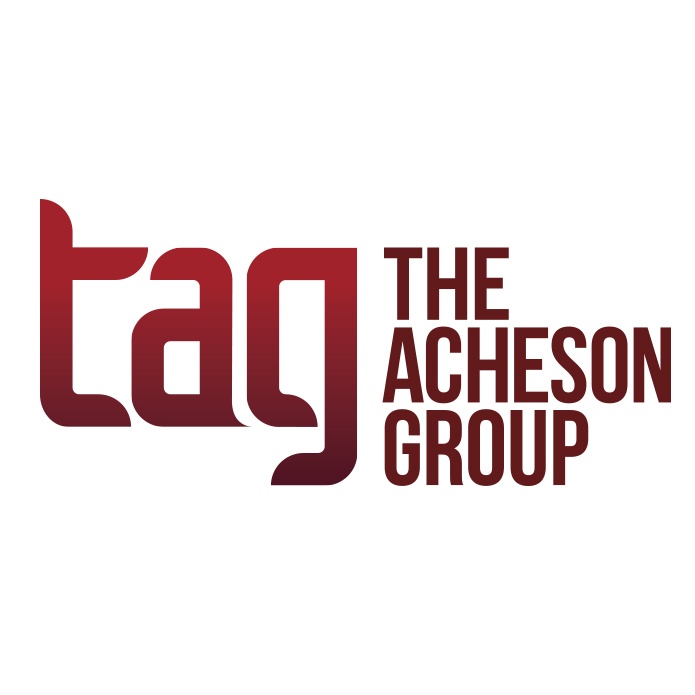When discussing environmental monitoring and control programs, primarily for control of Listeria monocytogenes (Lm), we often refer to the requirements of FSMA’s Preventive Controls rule and FDA “swab-a-thons” (along with consumer health and safety, of course). But what about the environmental controls for food and ingredients that are not under the direct jurisdiction of FDA; i.e., that from beyond U.S. borders? Are you importing Lm-contaminated ingredients that could be compromising your production? Within the last couple months, there have been a number of Lm issues, incidents, reports from outside the U.S. with the most recent coming from Europe and Africa: From the much publicized frozen vegetables outbreak in Europe, for which the European CDC (ECDC) said 47 listeriosis cases were confirmed, nine of which resulted in death; to the South African listeriosis outbreak from ready-to-eat processed meat products, for which 216 of 1,060 confirmed cases of resulted in death; and the recent August 8 “urgent” recall of frozen crab meat by the Food Safety Authority of Ireland’s due to the possible presence of Listeria. While FDA or USDA do inspect imported foods, the agencies are able to physically inspect only a small percentage of the food that crosses our borders – which was one of the key reasons for FSMA’s inclusion of FSVP and VQIP and there is still a lot to be done in these areas. In fact, a finding in the study that may be even more disturbing, and definitely provides some lessons learned for food businesses everywhere, are the results of a study by Safefood, a British-Irish food safety promotion board, intended to profile the risk of Listeria in ready-to-eat foods. Of the 24 participating food-business operations of Northern Ireland, half provided samples in which Lm was detected. That is, of the 1,592 total samples submitted, 76 of the 1,197 environmental swabs (6.3%) were positive for Lm as were 18 of the 395 food samples (4.6%). Additionally, two samples of cooked meat had more than the EU limit of 100 cfu/g of Lm. The positive samples were found primarily in operations that processed mushrooms, cooked meats, or sandwiches. Of further interest are some of the specifics of the site findings – which should provide some food for thought for the environmental monitoring and control programs of food operations in the U.S. – and around the globe: 81% of the Lm isolates were collected from floors, drains, trolley wheels, boots and chill surfaces. Significantly more environmental samples were positive for Lm during the warmer months. Of the Lm isolates identified: 100% were pathogenic, as shown through whole genome sequencing (WGS). 71% were resistant to quaternary ammonium compounds – which the study said may help explain the persistence of some strains. 98% were of the same sequence types as have been isolated in clinical cases of listeriosis in the UK. Comparison of the PFGE-distinguished bacterial strains showed recurrence and cross-contamination within the food processing facilities. What should all this say to you? While the focus of this newsletter thus far has been on foreign facilities, the fact that pathogenic findings and recalls occur regularly in the U.S. as well should be of news to no one. Rather the discussion of contamination anywhere should cause one to think: Could I have a similar issue? Do my environmental controls, and preventive controls in general, cover that potential? Am I taking samples – and implementing controls in/on floors, drains, trolley wheels, boots and chill surfaces? Is my sampling thorough enough to find variances during warmer months? Could WGS link a positive to a past or future finding in my plant or elsewhere? Are my sanitizing practices truly effective or is an exclusive use of quaternary ammonium compounds leaving areas Lm behind? Are my Lm strains resistant to quaternary ammonium compounds? This last two questions may be of most importance, particularly when one considers a November 2016 Inspection Methods Training publication of USDA FSIS noted quaternary ammonia compounds to be one of the sanitizers proven to be most effective against Lm. The publication did add, however, “Note that any sanitizer must be used at appropriate levels in order to be effective, and while not required, rotation of sanitizers helps avoid development of resistant bacteria.” Since the issuance of FSMA, we have published numerous newsletters on environmental sampling, monitoring, and control programs. In fact, a quick Google search brings up more than 65 references on the TAG site alone – from newsletters articles on “Why Paying Attention to your Environmental Control Program is so Important” and “How serious is FDA about Environmental Sampling – Don’t wait to Get a Warning Letter to Find Out” to our Environmental Management Program page itself. But it sometimes takes a jarring reminder – such as the number of deaths in Europe’s frozen vegetable and Africa’s processed meats outbreaks or the fact that half of the Irish facilities sampled had Lm contamination. And while the 4.6% of food samples contaminated may seem to be a relatively low figure, do a quick calculation: if 4.6% of your foods which reached consumers were contaminated with Listeria, how many consumers would that impact? Why is paying attention to your environmental control program so important? Not only does it protect your consumers, but, along the lines of what I said in the original article, a solid environmental control program of “seek and destroy” can go a long way toward avoiding some potentially very stressful times when FDA finds problems that you don’t know about – whether this be in your plant or that of one of your foreign suppliers. About The Acheson Group (TAG) Led by Former FDA Associate Commissioner for Foods Dr. David Acheson, TAG is a food safety consulting group that provides guidance and expertise worldwide for companies throughout the food supply chain. With in-depth industry knowledge combined with real-world experience, TAG’s team of food safety experts help companies more effectively mitigate risk, improve operational efficiencies, and ensure regulatory and standards compliance. www.AchesonGroup.com






